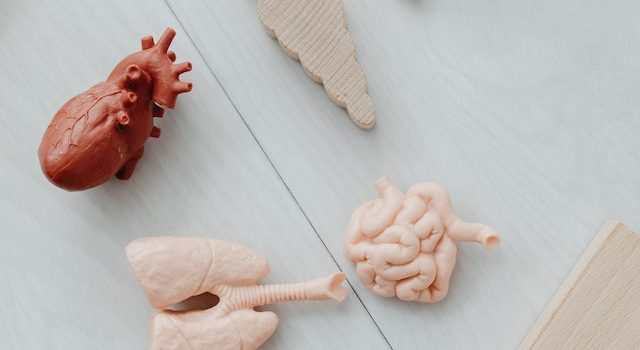
Introduction: The development of artificial tissues and organs has opened up a new realm of possibilities in healthcare, revolutionizing the field of transplantation. However, this groundbreaking technology has also sparked an ethical debate within the medical community. As scientists make strides in bioengineering and regenerative medicine, questions surrounding the ethics of creating artificial tissues and organs arise. This article explores the key ethical considerations and arguments that shape the ongoing debate in the medical community.
- Organ Shortages and Patient Welfare: One of the primary arguments in favor of creating artificial tissues and organs is the potential to address the critical shortage of donor organs. Advocates contend that by developing bioengineered organs, patients in need of transplants can have access to life-saving treatments, reducing waiting times and mortality rates. From an ethical standpoint, prioritizing patient welfare and maximizing the chances of survival argue in favor of advancing the development and transplantation of artificial tissues and organs.
- Consent, Autonomy, and Informed Decision-Making: The creation of artificial tissues and organs raises important questions regarding informed consent and patient autonomy. Critics argue that the process of obtaining cells or tissues for bioengineering purposes may pose ethical dilemmas, especially if the source involves donation or extraction without explicit consent. Striking a balance between advancing scientific progress and respecting individual autonomy and informed decision-making is crucial in navigating the ethical landscape of creating artificial tissues and organs.
- Equity and Access: The equitable distribution and access to artificial tissues and organs pose significant ethical challenges. Critics express concerns that these advancements may exacerbate existing healthcare disparities, as the availability and affordability of bioengineered organs may be limited. Ethical considerations demand that the development of artificial tissues and organs be accompanied by efforts to ensure equitable access, so that these groundbreaking treatments are accessible to all individuals in need, regardless of their socioeconomic status.
- Safety, Long-Term Effects, and Regulation: Ensuring the safety and long-term effects of artificial tissues and organs is of paramount importance. Critics argue that rushing the implementation of these technologies without adequate research and oversight could potentially harm patients. The establishment of robust regulatory frameworks and stringent safety protocols is essential to navigate the ethical challenges associated with the development, testing, and clinical use of artificial tissues and organs. Striking the balance between scientific progress and patient safety is crucial to maintain public trust and confidence.
- Ethical Implications for Organ Donation: The creation of artificial tissues and organs raises ethical questions surrounding traditional organ donation practices. Critics argue that if bioengineered organs become a viable alternative, it may inadvertently discourage individuals from becoming organ donors, potentially exacerbating the shortage of donated organs. The ethical implications of shifting societal perspectives and the impact on organ donation rates require careful consideration and proactive measures to promote both artificial organ development and traditional organ donation.
Conclusion: The ethical debate surrounding the creation of artificial tissues and organs reflects the complex considerations inherent in advancing medical science. Balancing the potential benefits of addressing organ shortages, prioritizing patient welfare, respecting autonomy, ensuring equitable access, and maintaining safety and regulation is paramount. The medical community must engage in thoughtful discussions, seek public input, and establish comprehensive guidelines and oversight mechanisms to navigate the ethical landscape surrounding artificial tissues and organs. By addressing these ethical challenges, we can harness the potential of these groundbreaking technologies while upholding the principles of patient welfare, justice, and respect for individual autonomy.










